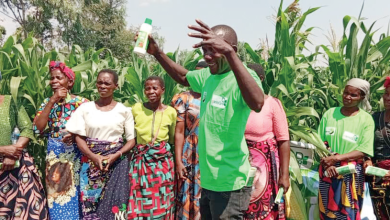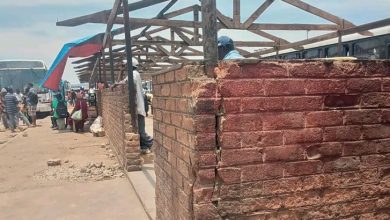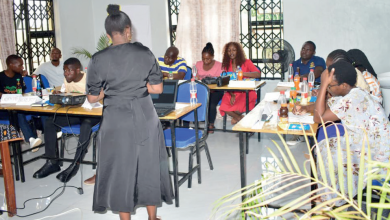Mchinji embraces stool TB testing for children
Mchinji District Health Office has adopted a stool-based testing for tuberculosis (TB) in children that the National TB and Leprosy Elimination Programme has introduced to end the disease by 2030.
The initiative is part of a broader national strategy the programme is implementing to close gaps in paediatric TB case detection in the country.

on well. | Vincent Khonje
In an interview on Wednesday, Mchinji district TB coordinator Steven Nyika said the district has embraced the new method and expressed optimistic about its impact, but pointed out that logistical challenges remain a significant hurdle.
“Everything is going well in terms of implementing the new stool-testing initiative. Testing is being conducted at Mchinji District Hospital. Samples come from across the district,” he said.
Nyika said while some health facilities in the district such as Mkanda, Kapiri and Kochilira are equipped with GeneXpert machines, which can detect TB, the equipment is not yet fully installed or operational in these facilities.
National TB and Leprosy Elimination Programme monitoring and evaluation officer Dickens Chimatiro said the initiative is a step forward in reducing undetected TB cases among children.
He also acknowledged that the availability of diagnostic services is skewed towards central hospitals, making it difficult for children in some areas to be covered.
Said Chimatiro: “The challenge is that most testing is concentrated at central hospitals such as Kamuzu Central Hospital, Queen Elizabeth Central Hospital, Zomba Central Hospital and Mzuzu Central Hospital.
“These alone contribute about 60 percent of TB notifications in the country because they have the necessary capacity, equipment and expertise to carry out a comprehensive diagnosis compared with many health centres and district hospitals, which lack infrastructure needed for effective TB testing.”
Children often face challenges in producing sputum, which is the traditional TB diagnostic method.





